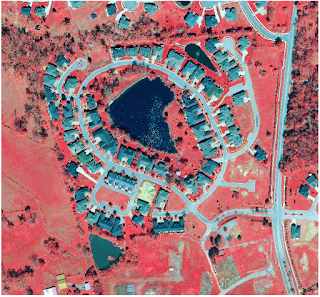CRM Yuneec H520 Field Notes & Pre-Flight Checklist
CRM Yuneec H520 Field Notes & Pre-Flight Checklist Metadata Pilot: Lucas Wright Platform: Yuneec H520 Location: Martell Forest Date/ Time: 3/26/2019, 11:20 am EST Altitude: 80m Weather/ conditions: Clear, 50 degrees F, 0% precipitation, no wind Aeropoint GCPs GCP 747 placed on south side of field near rock and dirt pile GCP 034 placed further west at the corner of the shed and road GCP 420 placed near cages at west end of field GCP 360 placed in the clearing near the cages GCP 943 placed on a hill at the far end of the trills GCP 205 placed at the southeast corner GCP 142 placed in the middle of the field near a prairie GCP 500 placed in the middle of the field on the south side GCP 491 placed at the east corner of the trees GCP 217 placed near the truck/take-off point Pre-Flight Checklist: Check Airspace of Operation and contact necessary organizations if needed Check NOTAMS and for TFRs Ensure Weather is Safe For Flight Properly ...

